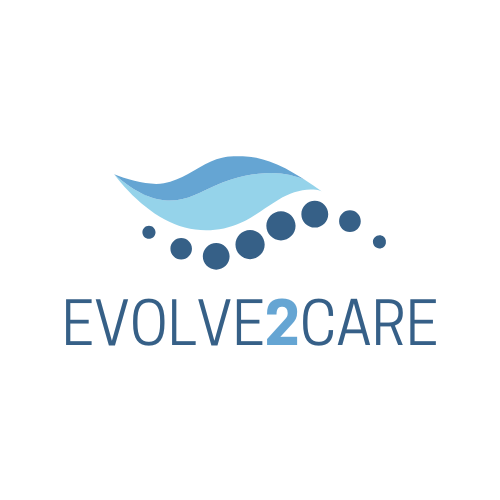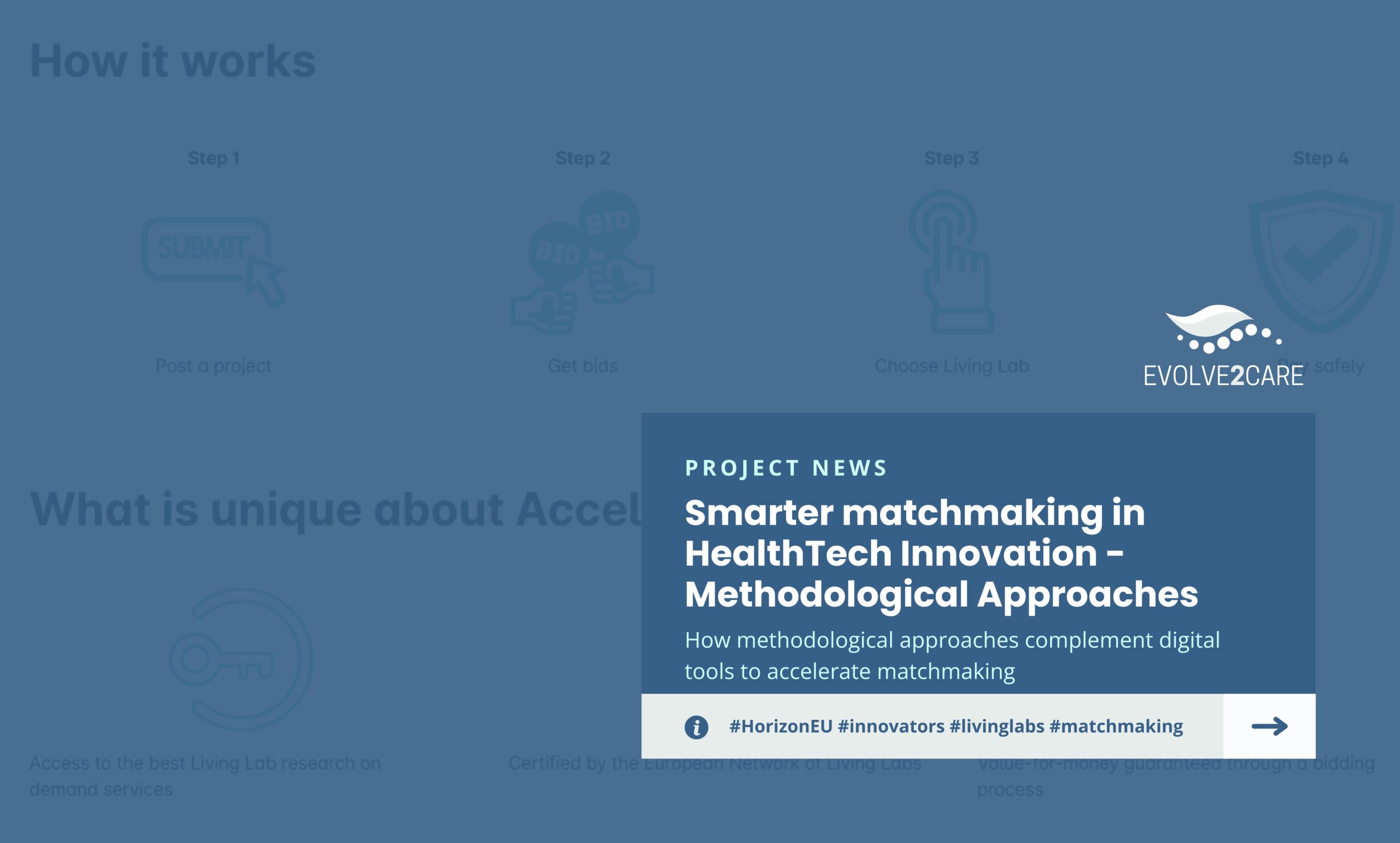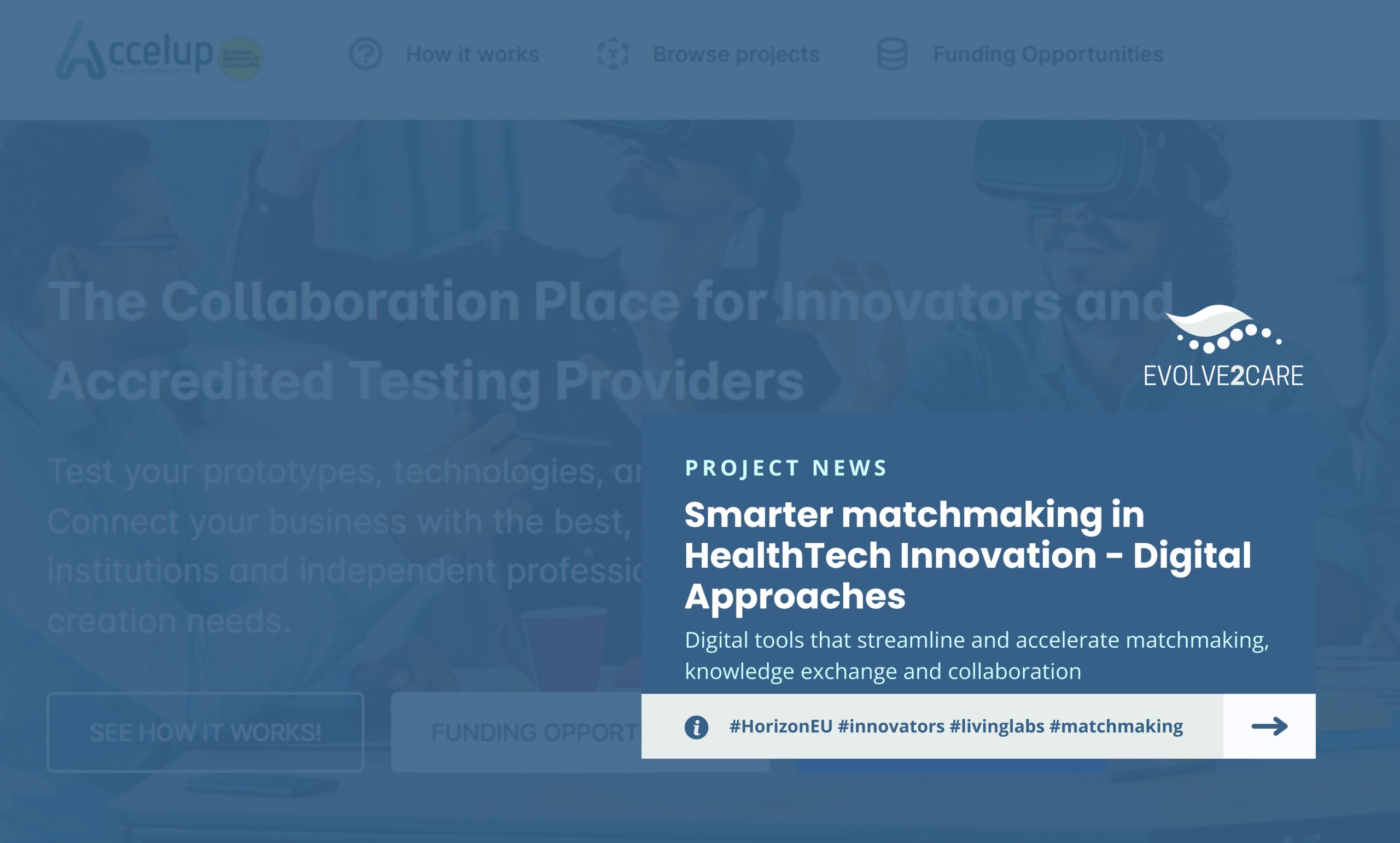While digital tools outlined in the previous blog provide speed and scalability, certain methodological approaches/processes, frameworks and best practices can ensure that the matchmaking system yields effective results. These approaches concern what data to collect, how to structure it, and how humans can facilitate the match process. Methodologies can be just as important as technology: a fancy algorithm will underperform if profiles are poorly defined, and conversely, a simple tool can excel if guided by a solid methodology!
As outlined in the latest project deliverable D1.3 – EVOLVE2CARE Action Plan, effective matchmaking relies on structured data, active engagement, and co-creation practices that make partnerships sustainable and impactful.
Structured profile frameworks and taxonomies
A fundamental step is defining what information innovators and Living Labs should provide to enable meaningful matches. Structured profiling means having well-defined fields and classification systems that capture the relevant attributes of each side.
- Living Lab Information: Clearly describe services and capabilities using standardized frameworks.
- Innovator Information: Include project details, target users, stage (e.g., prototype), and specific requirements (e.g., access to patients or regulatory advice).
- Rating and Compatibility Scores: Profiles are scored on key factors such as project stage, domain match, and size to recommend the best matches.
- Data Quality and Verification: Regular updates ensure accuracy; verification processes prevent mismatches.
- Use of Structured Fields in Application Process: Shifting from free-text descriptions to dropdowns and tags improves matching, transparency, and fairness, with stakeholder input ensuring fields capture what truly matters.
Co-Creation and Engagement Methods in Matchmaking
Applying the principles of co-creation and user engagement to the matchmaking process can be beneficial. Methodologically, this means treating matchmaking not just as a database query, but as a collaborative journey where innovators and Living Labs actively engage to find a fit.
- Moderated Matchmaking by Facilitators: Innovation brokers help bridge public and private sectors, review profiles, propose matches, and provide introductions, improving early-stage or critical pairings.
- Case Studies and Best-Practice Sharing: Sharing examples of successful collaborations guides users in selecting the right partners.
- KPI Framework for Matchmaking: Metrics such as successful matches, time to project start, user satisfaction, and match diversity allow continuous improvement.
By combining structured data, co-creation, and user engagement, Accelup’s methodological approaches ensure that the matchmaking process is transparent, fair, and of high quality. These approaches, along with the digital tools discussed earlier, make Accelup a comprehensive platform for fostering successful HealthTech collaborations. Together, the digital and methodological elements ensure that Accelup not only accelerates the matchmaking process but also guarantees that these connections create lasting, impactful partnerships.


